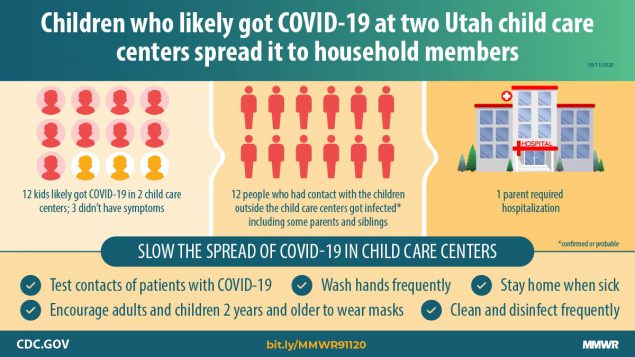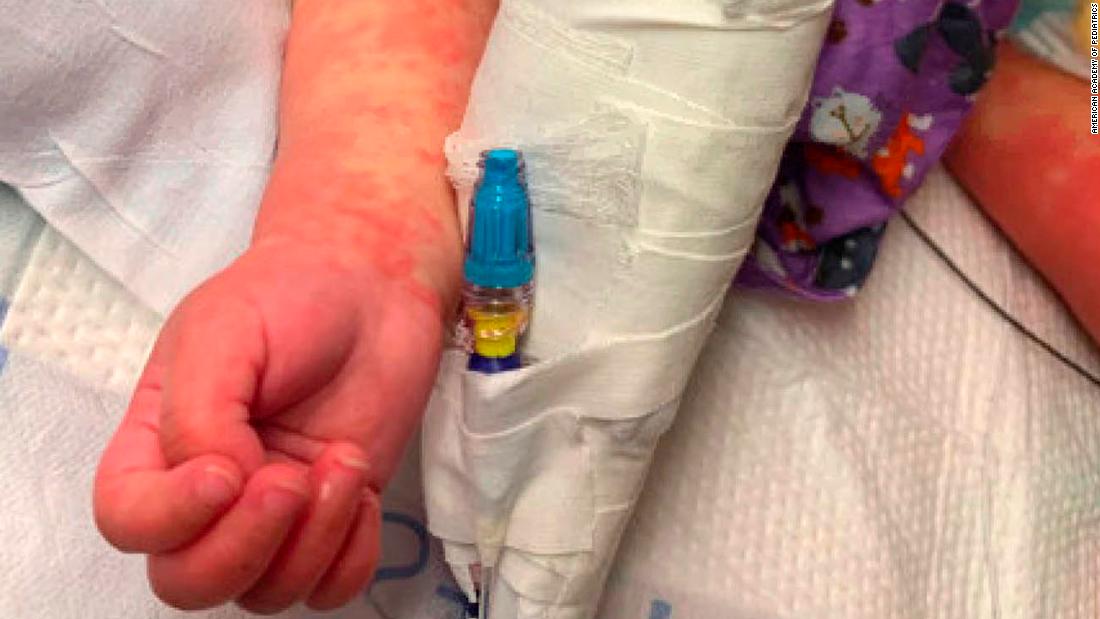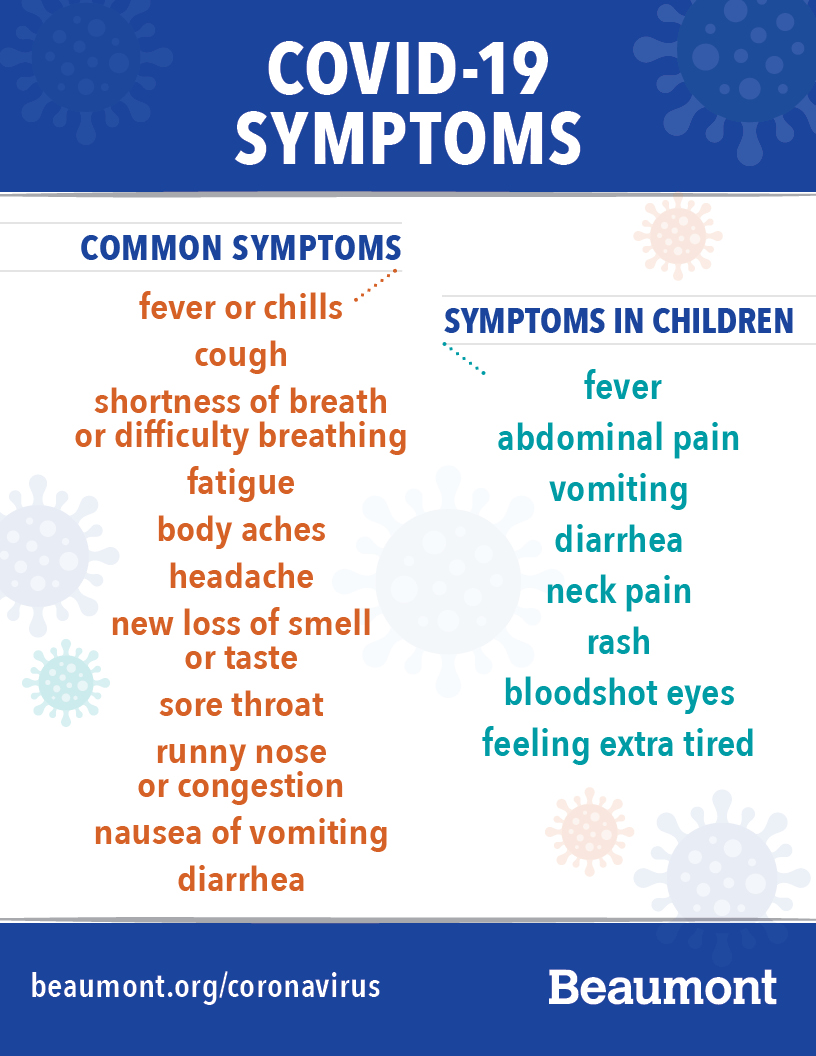

Others are more serious and may need treatment. Some are minor and may go away on their own. However, even if they had few or no symptoms, kids can develop a number of other conditions after the COVID infection. Fortunately, they have been less likely than adults so far to become very ill. children and teens have tested positive for SARS-CoV-2, the virus that causes COVID-19. Until then, McCready said parents should err on the side of getting their kids tested if they have any symptoms and to trust their intuition: "If there's something in your head that makes you think, you know, this doesn't seem right or this doesn't seem like they're normal," then take your kid for a test. Millions of U.S. Various vaccine trials involving kids are underway, but McCready says the earliest those vaccines might be available is at the end of this year or early 2022. For Moderna and AstraZeneca-Oxford it's 18 years and up. Of the three vaccines approved in Canada, Pfizer-BioNTech can be used in people 16 years and older. There are currently no vaccines approved for use in kids.

Parents can ask their local public health unit about the availability of less invasive tests. introduced a mouth rinse, gargle and spit test for kids and teens to make it easier to check if they have COVID-19. Kandel says, as far as he knows, this test method is being used in Toronto only, but other non-invasive test methods are being used in different provinces. It took two tries, but Kandel says his daughter successfully conducted the test. "One of the criteria for designing the test is that my four-year-old could do it herself." Watch | A child demonstrates how to self-collect an oral nasal swab to test for COVID-19: Kandel says the accuracy of the mouth nose swab is comparable to the nasopharyngeal swab, and a big benefit is that it can be self-administered - even by a young child. It can also be uncomfortable and, according to Kandel, sometimes a real obstacle for kids getting tested. The nasopharyngeal swabs involve sticking long swabs into the nasal cavity. "We were trying to find alternative ways to diagnose COVID without the nasopharyngeal swab because kids really don't like it." He says the inspiration for this test was his own young kids. He's the lead on a team that developed a non-invasive COVID-19 testing method that involves rubbing the inside of one's cheek, the back of the tongue and the front of the nose with a swab. Christopher Kandel is an infectious disease physician at Toronto's University Health Network and at Michael Garron Hospital. Still, some outbreaks are occurring in schools across the country, including of the variants of concern, leading to school closures. She said most COVID-19 cases are transmitted out in the community, not in schools. Brian Goldman, host of The Dose and White Coat, Black Art. "Generally there is not a huge amount of transmission in schools", McCready told Dr. Janine McCready is an infectious disease doctor at Toronto's Michael Garron Hospital, who started a school support program in the east end of Toronto to help kids get tested faster. 'Not a huge amount' of transmission in schools'ĭr. Here's a look at what parents should know about COVID-19 and their children. (Evan Mitsui/CBC)Įven as COVID-19 has taken its gravest toll on seniors, the Dela Paz family's ordeal underlines how it can affect people of any age and keep parents worrying, especially with most kids back in school. Although there have been school outbreaks, experts say the risk is fairly low.

Most kids in Ontario are back in the classroom.

Students at Our Lady of Lourdes Catholic school in Toronto.


 0 kommentar(er)
0 kommentar(er)
